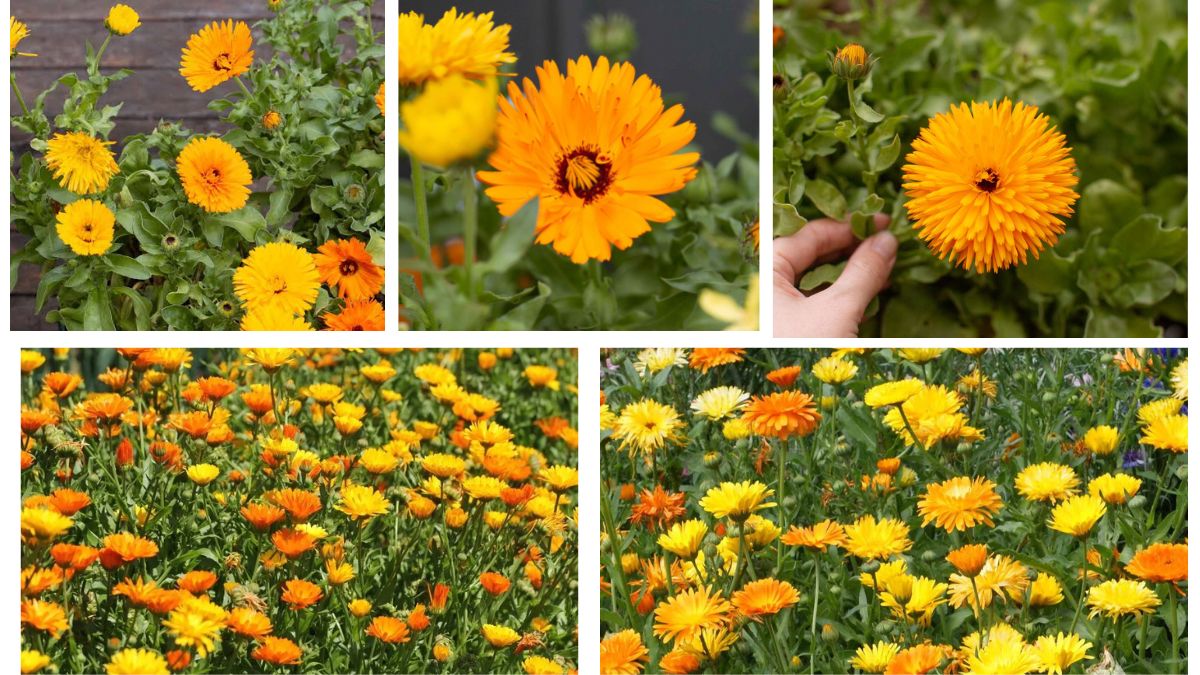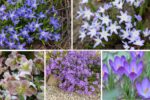Calendula — often called pot marigold — is one of the most cherished flowers in gardens around the world. Beloved for its cheerful golden blooms, medicinal properties, and ease of care, this annual (or sometimes perennial) herbaceous plant has a long history of delighting gardeners both for its ornamental charm and practical benefits.
If you’ve ever wondered, “Why do gardeners love growing Calendula?”, this article will uncover the many reasons behind its popularity — from aesthetic beauty and pollinator attraction to medicinal uses and soil improvement.
What Is Calendula?
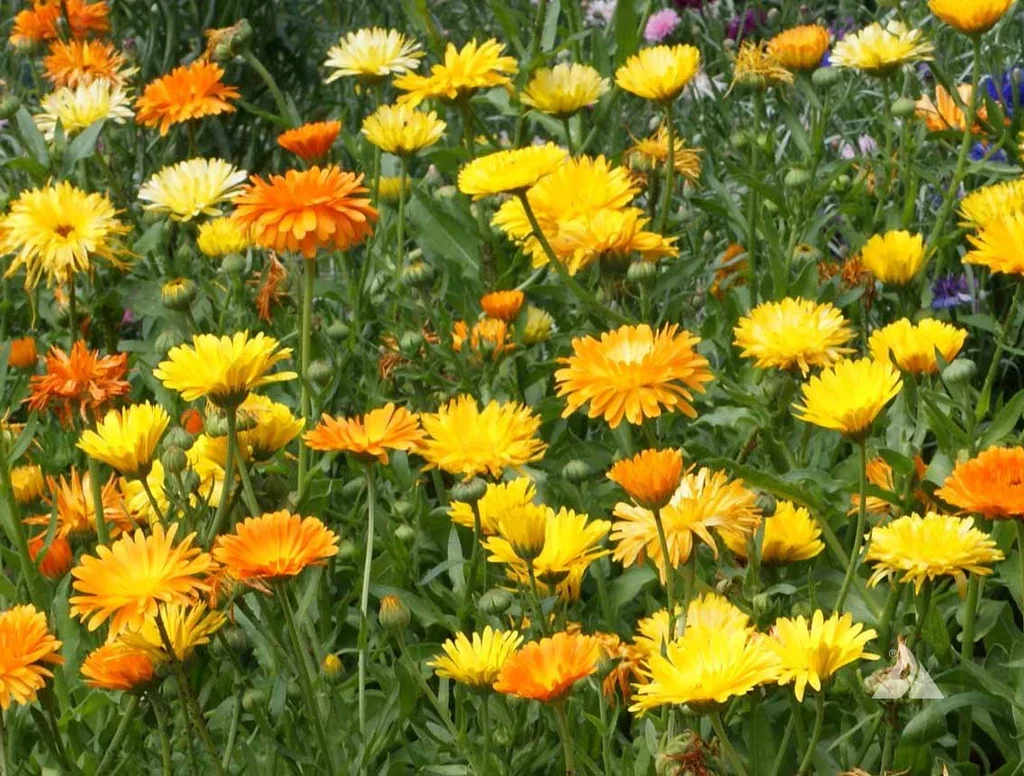
Calendula (Calendula officinalis) is a hardy, sun-loving plant native to southern Europe and the Mediterranean region. It belongs to the Asteraceae family, the same family as daisies, sunflowers, and chrysanthemums.
It’s known for its:
- Bright orange, yellow, or gold daisy-like blooms.
- Mild herbal fragrance.
- Long blooming season from spring through frost.
- Versatility in culinary, medicinal, and ornamental applications.
Top Reasons Gardeners Love Growing Calendula
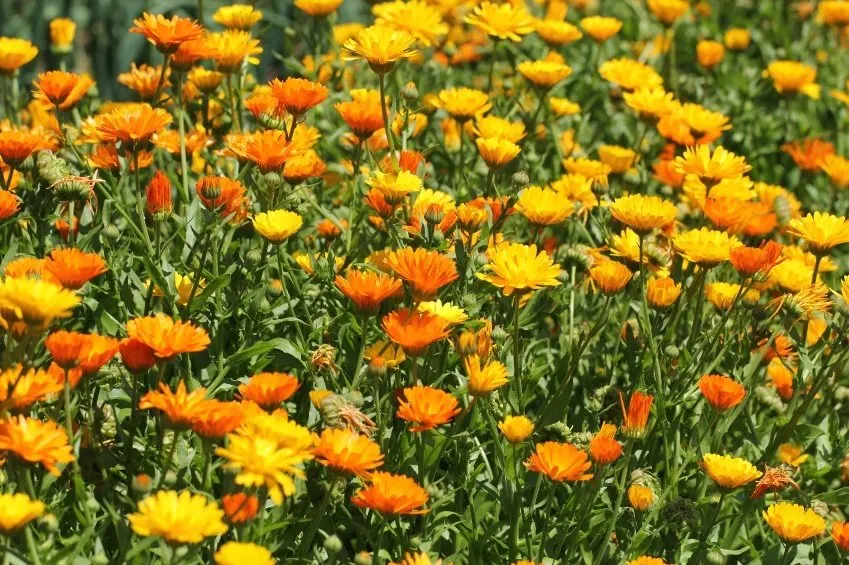
Let’s dive into the qualities that make Calendula a favorite in gardens large and small:
Vibrant, Long-Lasting Blooms
Calendula’s flowers are strikingly beautiful, with bright, sunny shades ranging from buttery yellow to deep orange. The cheerful blooms add immediate charm to flower beds, borders, and containers.
Benefits:
- Long bloom time from early summer until the first frost.
- Attracts attention as a focal point in both cottage and herb gardens.
- Petals can even close up during cloudy or nighttime hours, adding dynamic interest to the garden.
Easy to Grow and Low Maintenance
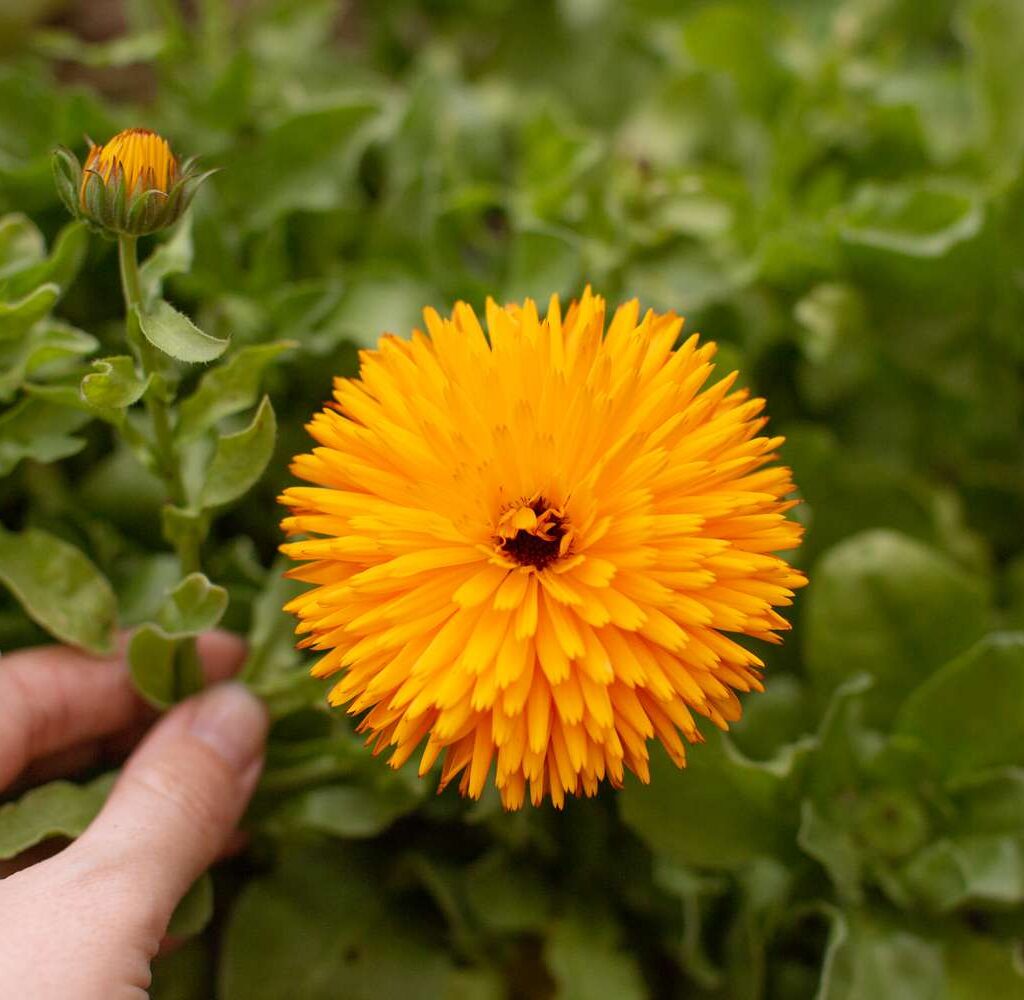
One of Calendula’s greatest appeals is its unfussy, resilient nature. It thrives in a variety of soil types and conditions, making it ideal for both beginner and experienced gardeners.
Growing Conditions:
- Prefers full sun but tolerates partial shade.
- Grows well in average, moderately fertile soil with good drainage.
- Requires minimal watering once established.
- Can be direct-seeded or started indoors.
- Self-seeds easily, returning year after year in many climates.
Bonus: Calendula is naturally pest-resistant and can thrive in cooler weather, extending your garden’s blooming season.
Attracts Beneficial Pollinators and Insects
Calendula acts as a magnet for bees, butterflies, and other pollinators, making it invaluable for healthy, balanced garden ecosystems.
Benefits:
- Supports local pollinator populations.
- Encourages beneficial insects like hoverflies and ladybugs, which help control aphids and other pests.
- Helps improve pollination rates for nearby vegetable and fruit crops.
Tip: Plant Calendula near vegetable beds to boost overall pollination and attract natural pest control allies.
Edible Flowers and Culinary Uses
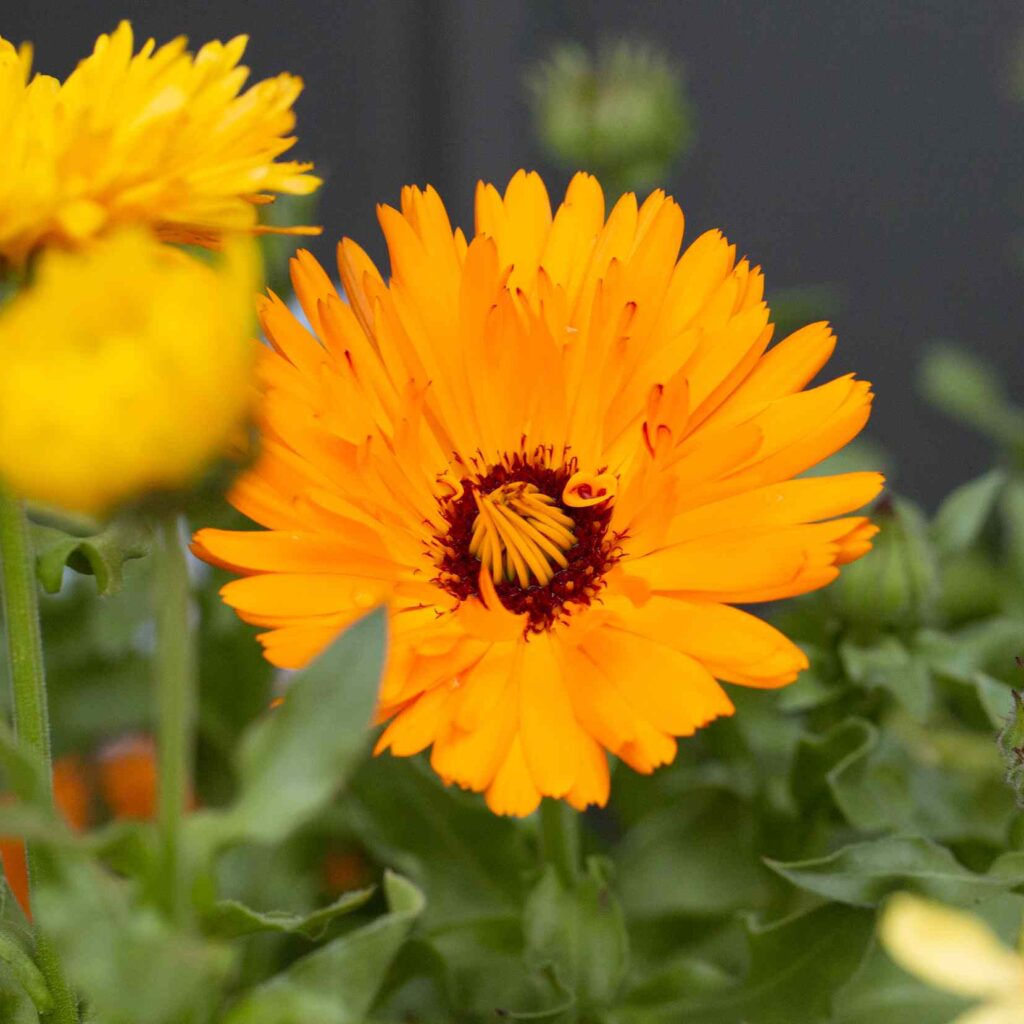
Calendula is one of the few ornamental plants with culinary versatility. The vivid petals are edible and can be used fresh or dried.
Uses:
- Sprinkle petals on salads for color and mild, peppery flavor.
- Use petals as a natural food coloring or garnish for soups, stews, and desserts.
- Historically known as the “poor man’s saffron” for its ability to impart a golden hue to broths and rice dishes.
Note: Only Calendula officinalis is edible — avoid confusing it with ornamental marigolds (Tagetes spp.), which are not edible.
Renowned Medicinal Properties
Calendula has been a staple in herbal medicine for centuries, valued for its anti-inflammatory, antibacterial, and antifungal qualities.
Traditional Medicinal Uses:
- Salves and creams for treating skin irritations, wounds, insect bites, burns, and eczema.
- Infused oils to soothe dry or cracked skin.
- Herbal teas for calming digestive issues or menstrual discomfort.
- Historically used for promoting wound healing and preventing infection.
Modern herbalists and natural skincare brands continue to incorporate Calendula in creams, balms, and teas.
Natural Pest Control and Companion Planting

Calendula acts as a trap crop by attracting pests like aphids, whiteflies, and thrips away from valuable vegetables and flowers.
Best Companion Plants:
- Tomatoes
- Peppers
- Lettuce
- Carrots
- Beans
Benefits:
- Reduces need for chemical pesticides.
- Protects vegetable crops while enhancing biodiversity.
- Can disrupt nematodes in the soil when used in crop rotation.
Soil-Improving Qualities
Calendula isn’t just beautiful and functional above ground — it also plays a role in enhancing soil health.
Advantages:
- The plant’s root system can improve soil structure by increasing aeration.
- Acts as a green manure crop when cut down and turned into the soil, enriching it with organic matter.
- Attracts beneficial soil microbes and deters soil-borne pests.
Versatile Garden Design Uses
Calendula adapts beautifully to various garden styles and settings.
Where to Plant Calendula:
- Cottage gardens for a traditional, romantic look.
- Herb and medicinal gardens for practical use.
- Container gardens and window boxes for compact spaces.
- Edible landscapes alongside herbs and vegetables.
- Cut flower gardens for fresh or dried arrangements.
Design Tip: Plant Calendula in mixed borders to act as a bright filler between perennials or in vegetable gardens as a cheerful companion.
Growing and Caring for Calendula
Sowing:
- Direct sow outdoors after the last frost or start indoors 4–6 weeks before.
- Seeds germinate in 7–14 days at 15–25°C.
Soil:
- Well-draining, moderately fertile soil is ideal. Avoid overly rich soils, which can produce more foliage than flowers.
Watering:
- Water regularly, especially in dry spells, but avoid soggy soil.
Deadheading:
- Remove spent flowers to encourage continuous blooming.
Harvesting:
- Pick flowers in the morning after dew dries.
- For medicinal or culinary uses, harvest fully open blooms.
Fun Historical Fact
Calendula was considered a sacred flower in ancient cultures, symbolizing the sun’s warmth and used in religious ceremonies. Ancient Egyptians used it for its rejuvenating properties, while Greeks and Romans adorned ceremonial crowns with its petals.
Quick Reference: Why Gardeners Love Calendula
| Benefit | Description |
|---|---|
| Vibrant, long-lasting flowers | Blooms from early summer to frost in bright yellow & orange |
| Easy to grow | Hardy, drought-tolerant, self-seeding, low maintenance |
| Attracts pollinators | Supports bees, butterflies, and beneficial insects |
| Edible uses | Petals for salads, teas, and natural food coloring |
| Medicinal benefits | Anti-inflammatory, skin-healing, antibacterial properties |
| Companion planting | Natural pest control, soil enhancer, nematode deterrent |
| Versatile garden use | Fits in cottage, medicinal, edible, or container gardens |
Conclusion
Calendula’s enduring popularity among gardeners is no mystery. Its vibrant appearance, effortless care, ecological benefits, and therapeutic uses make it one of the most multifunctional and rewarding plants to grow. Whether you’re aiming to beautify your garden, support pollinators, enhance soil health, or create soothing herbal remedies, Calendula deserves a prominent spot in your outdoor (or even indoor) green spaces.
